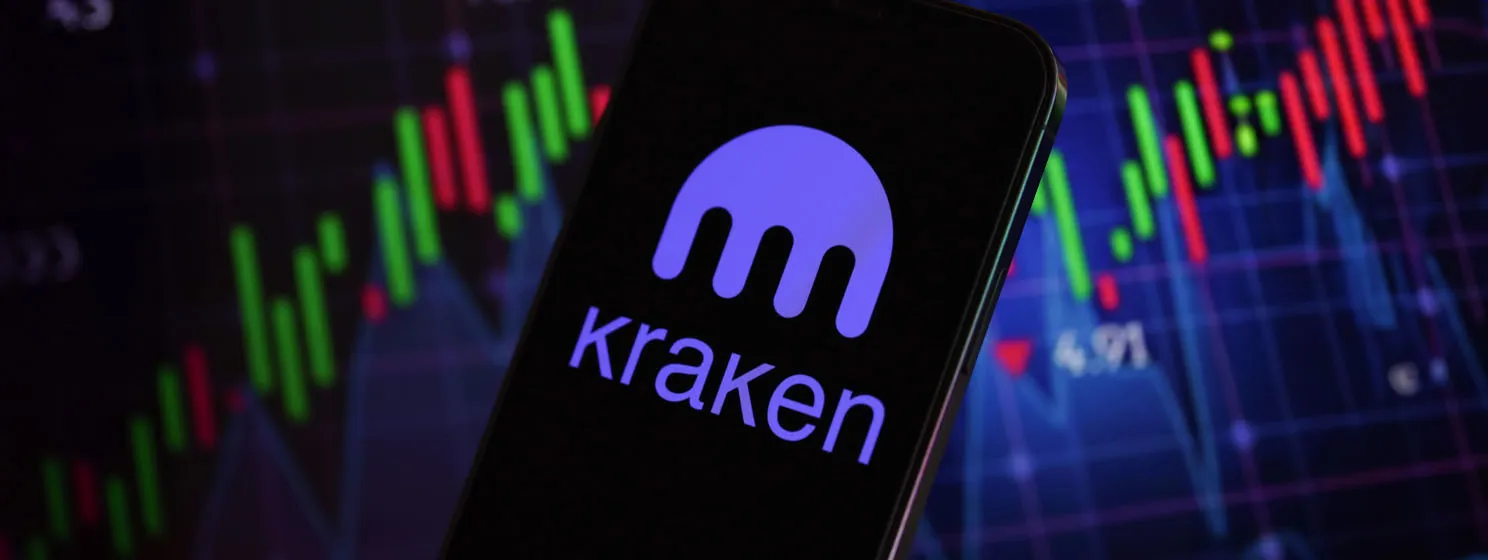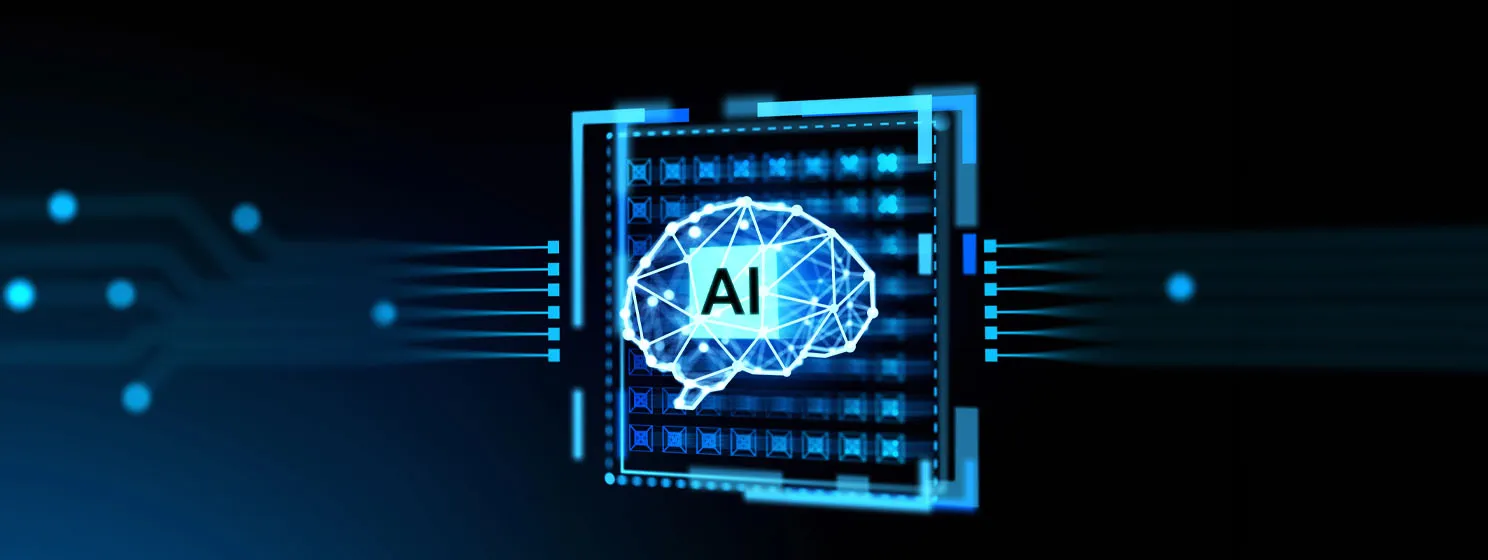|
Getting your Trinity Audio player ready...
|
There’s one less mainstream use case for BTC’s Lightning Network (LN) this week after Twitter reportedly announced it would discontinue its “integrated” tipping feature. In just over one year of its existence, the “Tips” service lacked both awareness and demand, with a worldwide total of just US$8,500 in payments.
https://twitter.com/CryptoVinco/status/1599779533585928194
Lightning Network is designed to handle small payments on BTC. BTC’s self-inflicted transaction limits and inability to scale mean it is unusable as money for everyday spending, handling just 4-5 transactions per second on the entire network. LN is a separate system that bundles small transactions and processes them periodically on the BTC blockchain. Users must pre-fund “payment channels” with the LN service they use, and liquidity comes from a network of “lightning nodes” that route transactions from sender to destination.
Though it’s been around for five years or more, Lightning Network hasn’t attracted mass usage. Frequent complaints about the network are that it’s difficult and complicated to use or funds go missing when one party unilaterally closes a payment channel. Since it’s external to BTC, there aren’t any on-chain records of individual payments or ownership (other than the channel itself). Users have to trust third-party service providers to act in an honest manner.
Twitter first announced its LN tipping service in September 2021. It was available for mobile users on Android and iOS, and to set up the ability to send/receive tips, they used third-party wallet services like Venmo, CashApp, or RazorPay. Other content-supporter services like Patreon and Bandcamp could also be used for Twitter Tips.
Instructions to set up Twitter Tips came with this warning: “Tips in the form of money and Bitcoin are sent off Twitter via third-party payment services. Twitter will not receive any portion of these payments, but the third-party payment services may charge fees.”
Why did Twitter’s Tips with Lightning Network fail?
There are several possible reasons for the failure of Lightning Network Twitter Tips.
The main one is that Lightning Network services can be complicated and difficult to use, especially for newcomers. It was necessary to create an account with a third-party wallet service and pre-fund it with BTC. Even if you consider this process easy, it’s still a process, meaning most people won’t bother setting it up unless they see a potential benefit. Apparently, the ability to send/receive tips on Twitter wasn’t beneficial enough.
its a gimmick, bad UX, no real user story, no reason for it to be lightning (why not in-app purchase? which is accessible for 100m+ users?), no way for creators to drive traffic to tip button, just a horrendous stupid feature all around
— Udi | BIP-420 🐱 (@udiWertheimer) December 5, 2022
Another is that optional tipping isn’t part of the Twitter culture. Likes and retweets have always been free; that’s what people are used to, and for most, a like/RT is considered adequate to show support for a post. Of course, when we say “free,” we know it isn’t really—the service is paid for by advertising in users’ feeds and how Twitter data-mines users and their online activities to package that information to sell to third parties.
https://twitter.com/CryptoVinco/status/1587862143759970304
Contrast that with Twetch on the BSV network: Micropayments are integrated into every similar action, meaning users pay/receive a few cents for likes, follows, and reposts. There’s no need for third-party wallets on non-Bitcoin networks (a reminder that Lightning Network is not Bitcoin or even BTC); no need to make a separate decision on whether a post is worthy of a financial reward in addition to a like; and in micropayments, the costs are small enough to barely notice.
Btc: What if you could tip on Twitter using the lightning network?
Everyone: But likes are free here
Btc: but you believe in btc don't you?
Everyone: ???
Btc: BELIEVE IN US
— Randy (@nondualrandy) September 10, 2019
The plummeting value of BTC and other digital assets in 2022 probably also had a bit of impact. Bear markets have historically seen big drops in the amount of “daily spending” activity on the Bitcoin network as users hold on to their stashes in the hope they’ll be more valuable in another few years’ time.
Other attempts to solve the problem
Although Twitter launched its own Lightning Network tipping service in September 2021, there have been other attempts to set up similar services. Tippin launched in February 2019, allowing users to use Twitter tips via a Chrome/Firefox wallet extension. The service is still active, although the project’s official Twitter account hasn’t tweeted since July 2022. Its final tweet described fixes for a few LN issues, namely insufficient payment channel liquidity: https://tippin.me/
GM
Based on recent feedbacks, we have made the following adjustments:— Tippin (@tippin_me) June 23, 2022
Another option was tipping via the Strike service. However, that was available only to users in El Salvador and the United States (except New York and Hawaii). Numerous other tipping services are using other digital assets, including Dogecoin and XRP.
Twitter’s recent takeover by billionaire Elon Musk has seen some radical changes in content moderation policies. However, Musk has stated that a primary aim is to tinker with Twitter’s economic model. Despite being one of the world’s most popular online services, Twitter has never been very profitable and relies on the usual data-mining/advertising model to raise income. Musk has already begun implementing paid subscription services like Twitter Blue and is brainstorming other possible techniques.
The ever-active Dogecoin community sees hope in Musk’s leadership, given his past support for the asset. Following the demise of BTC/LN Tips, some expressed excitement at the possibility of native Dogecoin tipping on the network, though Musk himself hasn’t announced any official plans as yet. There have been suggestions Twitter will launch its own Twitter Coin currency for tips and other payments on the network, though it’s unknown whether this would be a blockchain-based asset or a centralized game-points-style system.
We’re going to say it outright: No one, even in BTC, really likes Lightning Network or considers it a viable option to replace fiat payments (physical or digital). Some will protest that it’s actually great, but they never sound convincing.
https://twitter.com/KevinRomeis/status/1599755389532151809
At best, LN was always an experimental project used mainly to justify BTC’s transaction and scaling limits, reassuring BTC users they could still use their coins as daily spending money in a world of slow confirmations and high fees. But for the most part, BTC users use their coins for day-trading and long-term HODLing in the hope of future gains (in fiat currency). BSV, representing the original Bitcoin protocol and Satoshi Nakamoto’s vision, is the only Bitcoin network that remains useful as a digital cash system, settling all transactions on-chain at fees of a tiny fraction of a U.S. cent each.
Follow CoinGeek’s Crypto Crime Cartel series, which delves into the stream of groups—from BitMEX to Binance, Bitcoin.com, Blockstream, ShapeShift, Coinbase, Ripple,
Ethereum, FTX and Tether—who have co-opted the digital asset revolution and turned the industry into a minefield for naïve (and even experienced) players in the market.

 06-30-2025
06-30-2025 





